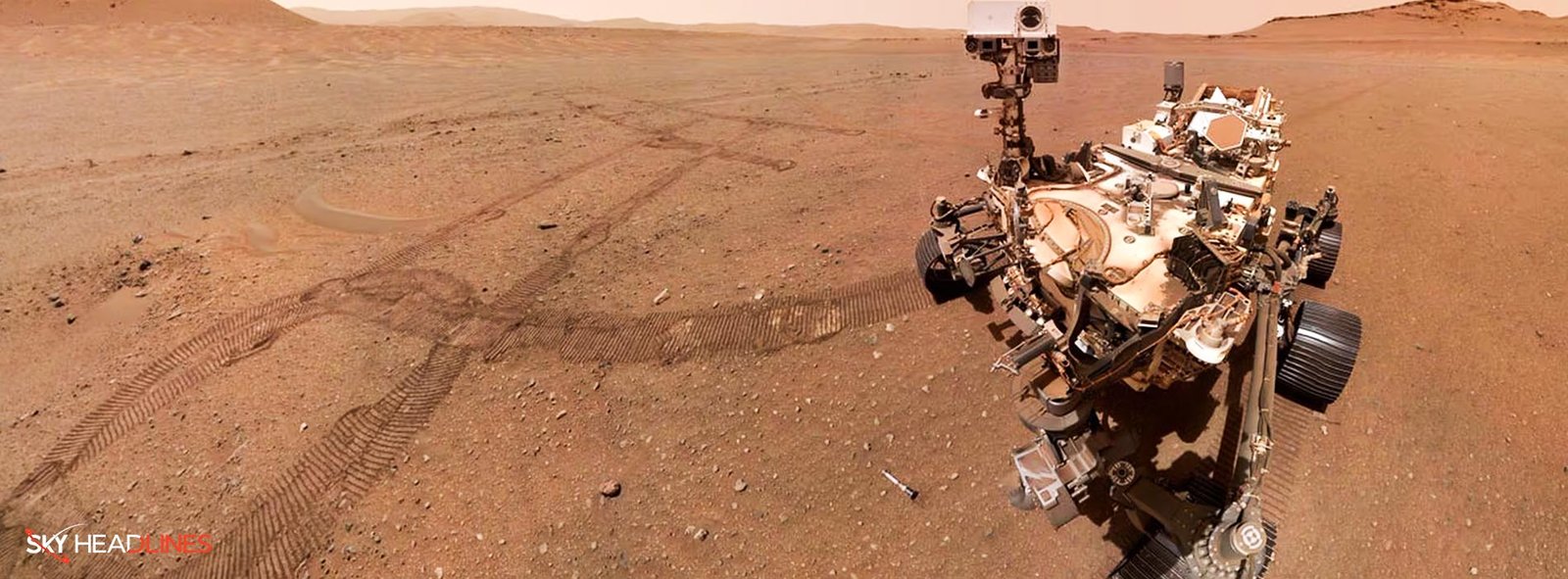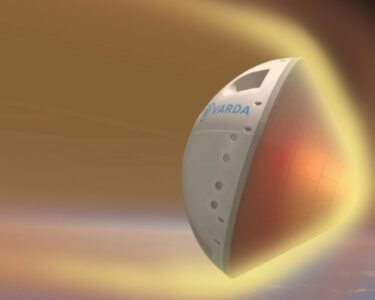After it began the construction of the first mars sample depot took less than six weeks to complete its mission. At Southern California in NASA’s Jet Propulsion Laboratory, the mission controllers received confirmation that the Perseverance Mars rover successfully dropped the 10th and final tube planned for the depot around 5 p.m. PST (8 p.m. EST) Sunday, Jan. 29.
How is this going to help in the research of Mars rover?
This big achievement was all thanks to precise planning and navigation. This ensures that the tubes could be safely returning back in the future. The NASA-ESA (European Space Agency) Mars rover Sample Return campaign, aims to bring samples from Mars to Earth. This will be very essential for closer examination. Which is going to help in studying Mars’s habitat.
During its science campaigns, the Mars rover has collected a pair of samples from rocks regarded as scientifically substantial by the mission team. Scientists have stored one sample from each pair in the organized depot in the “Three Forks” region of Jezero Crater. The depot samples serve as backup. The other half remains inside Perseverance.
The organized depot in the “Three Forks” region of Jezero Crater presently houses one sample from each pair gathered until now. The Mars rover sample depot contents are poised to serve as a valuable backup set. Simultaneously, the remaining half will be retained within Perseverance, serving as the primary mode for transporting samples to a Sample Retrieval Lander as part of the mission.
According to mission scientists, the igneous and sedimentary rock cores will be very beneficial. It will provide an excellent sample of the geologic processes that occurred in Jezero shortly after the crater’s formation about 4 billion years ago.
The Mars rover also left an atmospheric sample and a “witness” tube. This will help to see if the samples being collected are contaminated with materials carried by the rover from Earth.
The “Witness” tube!
The Mars rover project involves strategically placing titanium tubes in a zigzag pattern on the Martian surface, spaced 15 to 50 feet apart for a secure retrieval process. The team meticulously maps each 7-inch-long tube and glove combination to ensure easy identification, even if covered in dust. Despite being time-consuming, this process is crucial for the depot creation. The Mars sample depot is situated on flat ground near the base of an ancient river delta, formed when a river flowed into a lake at the current Martian location.
Passing the Rocky Top outcrop marks the end of the rover’s Delta Front Campaign because of the geologic transition that occurs at that level. And also the beginning of the rover’s Delta Top Campaign.
Curvilinear Unit:
One of the first stops the Mars rover will make during the new science campaign will be at a location “Curvilinear Unit” by the science team. The unit, which is essentially a Martian sandbar, is made of sediment that was deposited ages ago in a bend in one of Jezero’s inflowing river channels. The science team believes the Curvilinear Unit will be an excellent location for searching for intriguing sandstone and possibly mudstone outcrops, as well as gaining insight into the geological processes occurring beyond the walls of Jezero Crater.

Credits: NASA/JPL-Caltech
What are Rick Welch and Ken Farley’s remarks about this milestone?
Rick Welch is the deputy project manager of JPL. He says that “With the Three Forks depot in our rearview mirror, Perseverance is now headed up the delta,”. Moreover, he said: “We’ll make our ascent via the ‘Hawksbill Gap’ route we previously explored. Once we pass the geologic unit the science team calls ‘Rocky Top,’ we will be in new territory and begin exploring the Delta Top.”
Perseverance project scientist at Caltech “Ken Farley” said: “We found that from the base of the delta up to the level where Rocky Top is located, the rocks appear to have been deposited in a lake environment,”. Moreover, he said: “And those just above Rocky Top appear to have been created in or at the end of a Martian river flowing into the lake. As we ascend the delta into a river setting, we expect to move into rocks that are composed of larger grains – from sand to large boulders. Those materials likely originated in rocks outside Jezero, eroded, and washed into the crater.”





